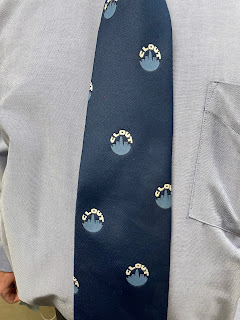 |
| Cast of "Ocean's Eleven" (National Portrait Gallery) |
Bill Zehme was your pal, and Frank Sinatra’s.
Whether you were an unknown Chicago writer just starting out, or a king of late-night television, Zehme would turn his full attention and his Midwestern charm in your direction and make you feel as cool as a Bombay Sapphire martini, straight up, with a twist, at Jilly’s.
A writer for Esquire, Vanity Fair, Rolling Stone, Playboy and other top-shelf magazines back when magazines really mattered, Zehme pierced the shiny veneer of celebrity to capture the flesh-and-blood person within, writing best-selling books on Jay Leno, Andy Kaufman and his idol, Sinatra.
Zehme, 64, died Sunday at Weiss Memorial Hospital after a long battle with cancer. Whether you were an unknown Chicago writer just starting out, or a king of late-night television, Zehme would turn his full attention and his Midwestern charm in your direction and make you feel as cool as a Bombay Sapphire martini, straight up, with a twist, at Jilly’s.
A writer for Esquire, Vanity Fair, Rolling Stone, Playboy and other top-shelf magazines back when magazines really mattered, Zehme pierced the shiny veneer of celebrity to capture the flesh-and-blood person within, writing best-selling books on Jay Leno, Andy Kaufman and his idol, Sinatra.
“Bill was first and foremost an incredibly talented writer who had this rare ability to get inside the head and heart of famous people, everyone from Andy Kaufman and Frank Sinatra, very much with my dad,” said Christie Hefner, the daughter of Playboy magazine founder Hugh Hefner and former chairwoman and CEO of Playboy Enterprises. “He was a personal friend, one of the loveliest and funniest men I ever knew.”
Zehme was a master of the celebrity profile, a form he looked askance at.
“I’m really not interested in most people,” he confessed to Ted Allen in Chicago magazine in 1996. “The celebrity profile is the bastard stepchild of journalism, and I’m embarrassed sometimes to be associated with it.”
He shouldn’t have been.
“Bill got people to talk to him who wouldn’t talk to anyone else, even members of their own families,” said Bob Kurson, former Sun-Times writer and best-selling author of “Shadow Divers.” “And you only had to join him for a single dinner in a darkened corner of a good steakhouse to understand how that happened — he was genuinely interested in people, even if there was nothing in it for him, especially if there was nothing in it for him.”
To continue reading, click here.
The photo atop the blog was shot in the Paris catacombs and translates as: "Happy is he who's been able to learn the causes of things, and set aside all fear, and unrelenting fate, and the noise of greedy Acheron under his feet."










